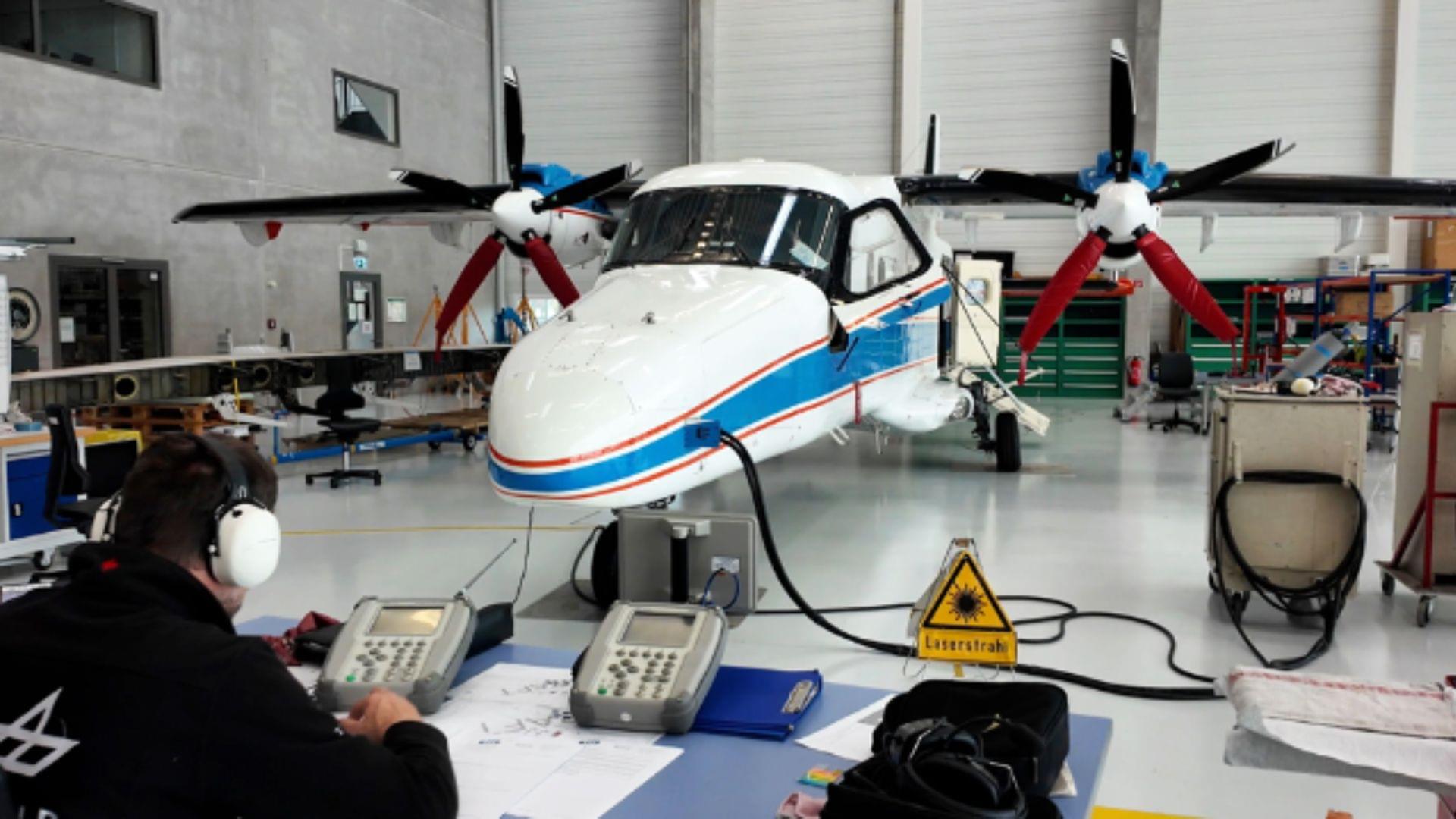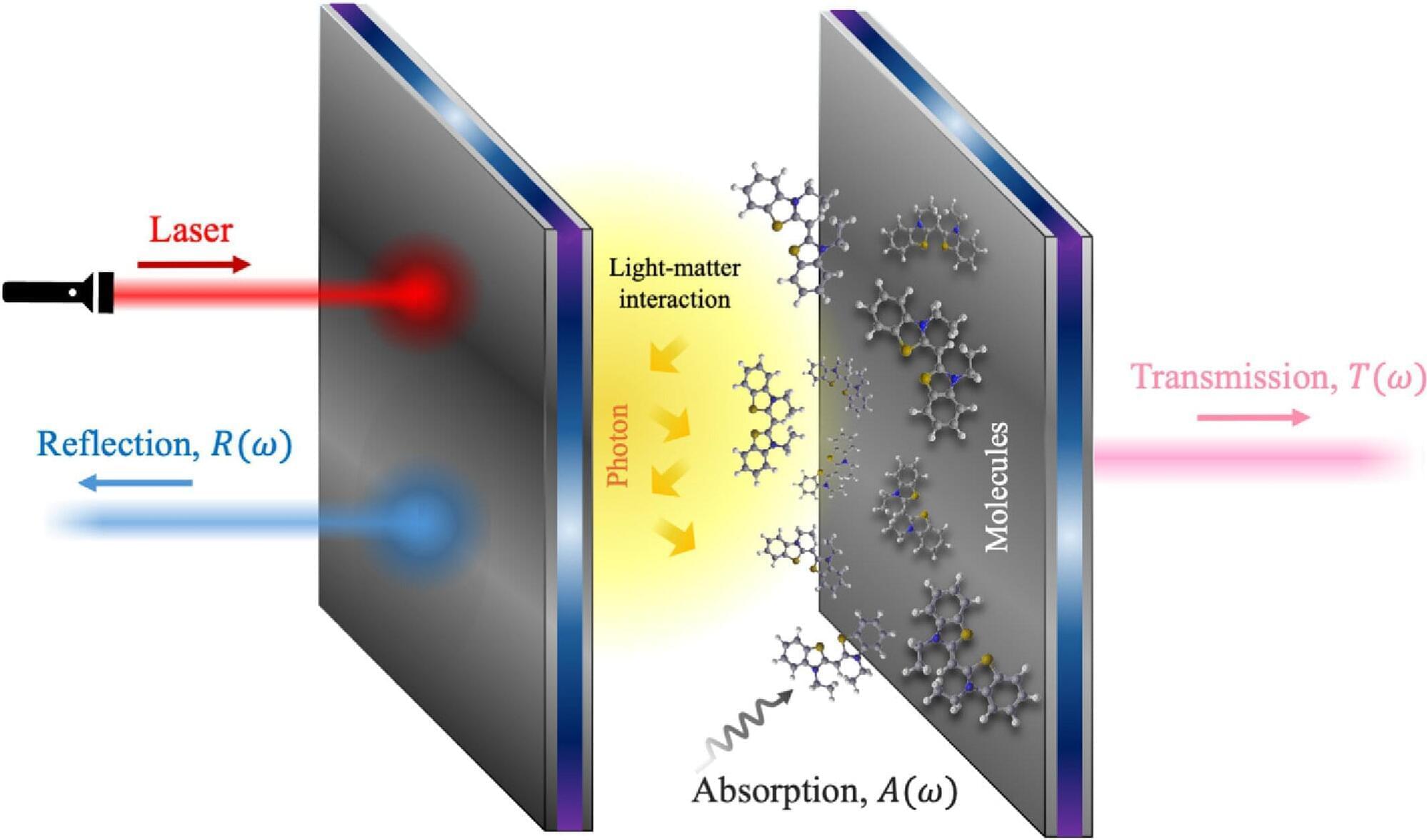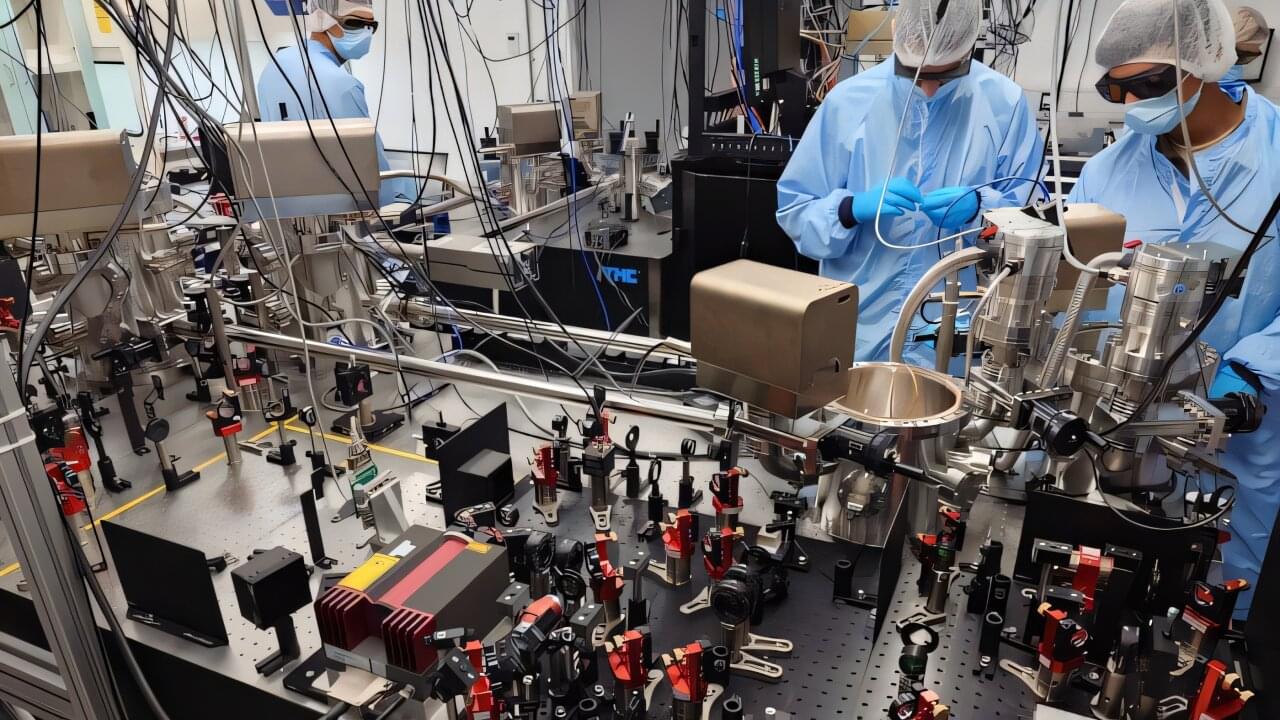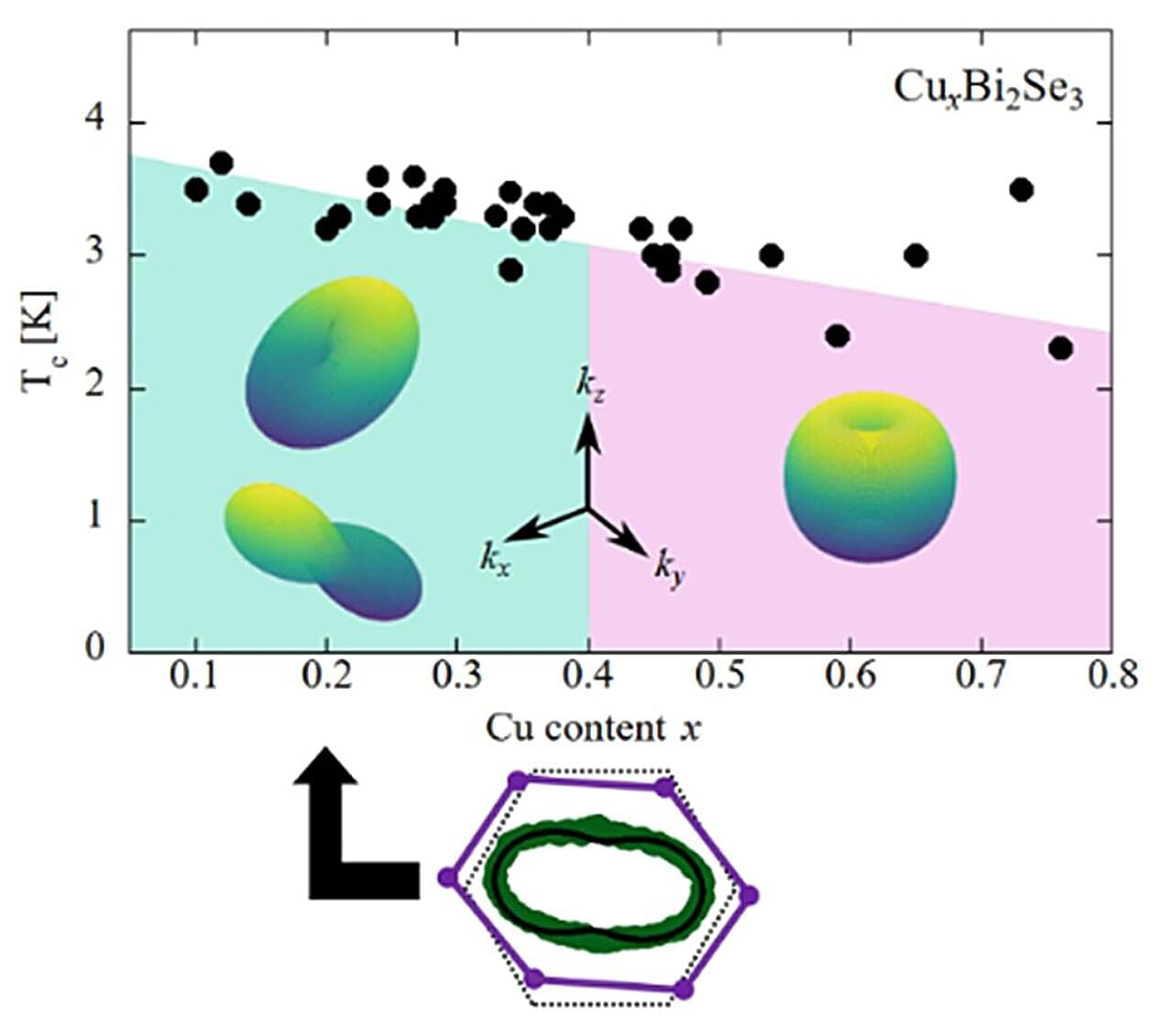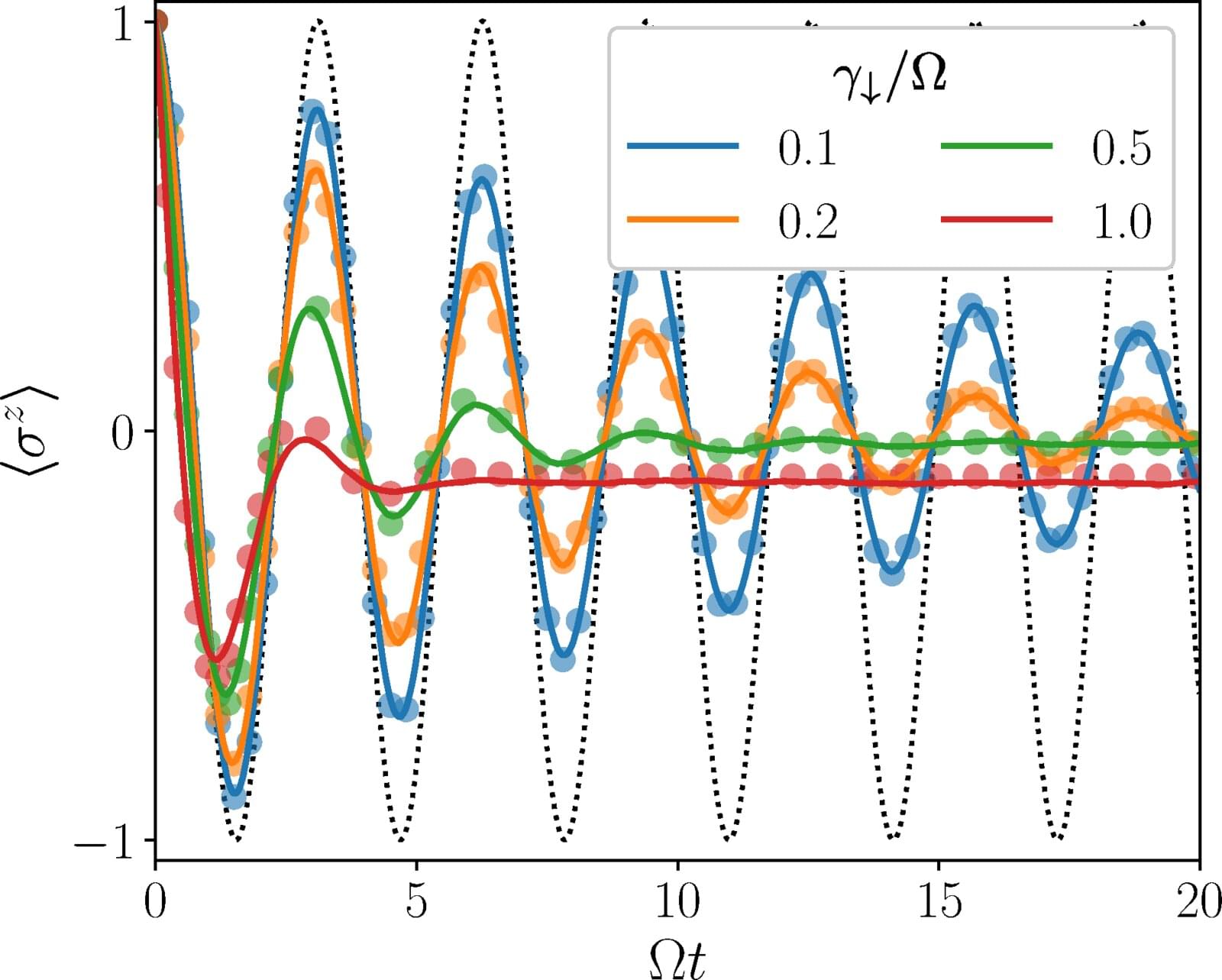Quantum defects are tiny imperfections in solid crystal lattices that can trap individual electrons and their “spin” (i.e., the internal angular momentum of particles). These defects are central to the functioning of various quantum technologies, including quantum sensors, computers and communication systems.
Reliably predicting and controlling the behavior of quantum defects is thus very important, as it could pave the way for the development of better performing quantum systems tailored for specific applications. A property closely linked to the dependability of quantum technologies is the so-called spin readout contrast, which essentially determines how clear it is to distinguish between two different spin states in a system.
Researchers at the Harbin Institute of Technology (Shenzhen), the HUN-REN Wigner Research Center for Physics, Shanghai Institute of Microsystem and Information Technology, Chinese Academy of Sciences and other institutes recently showed that strain engineering (i.e., stretching or compressing materials) could be used to control how quantum defects behave and enhance spin readout contrast in quantum systems.
